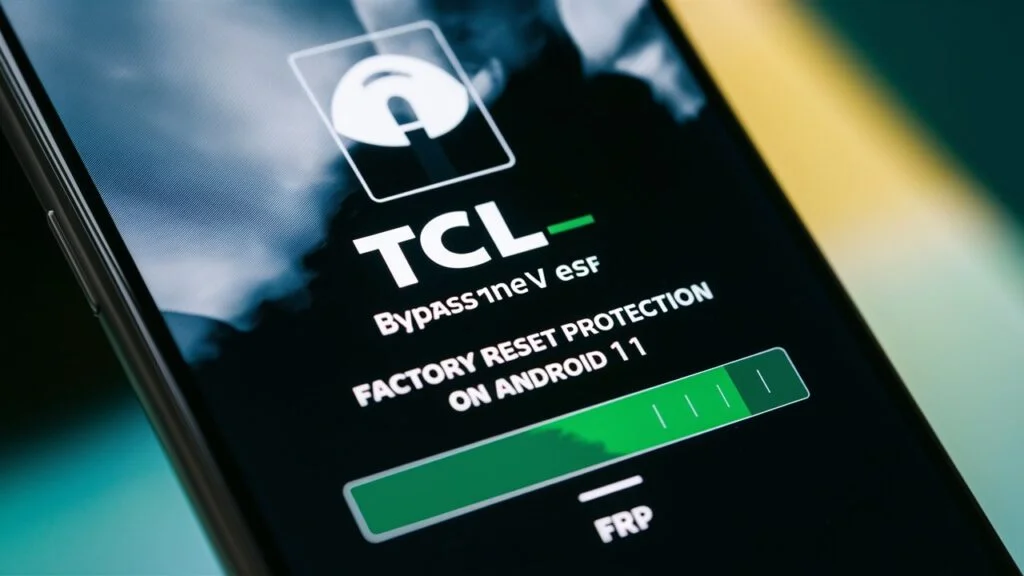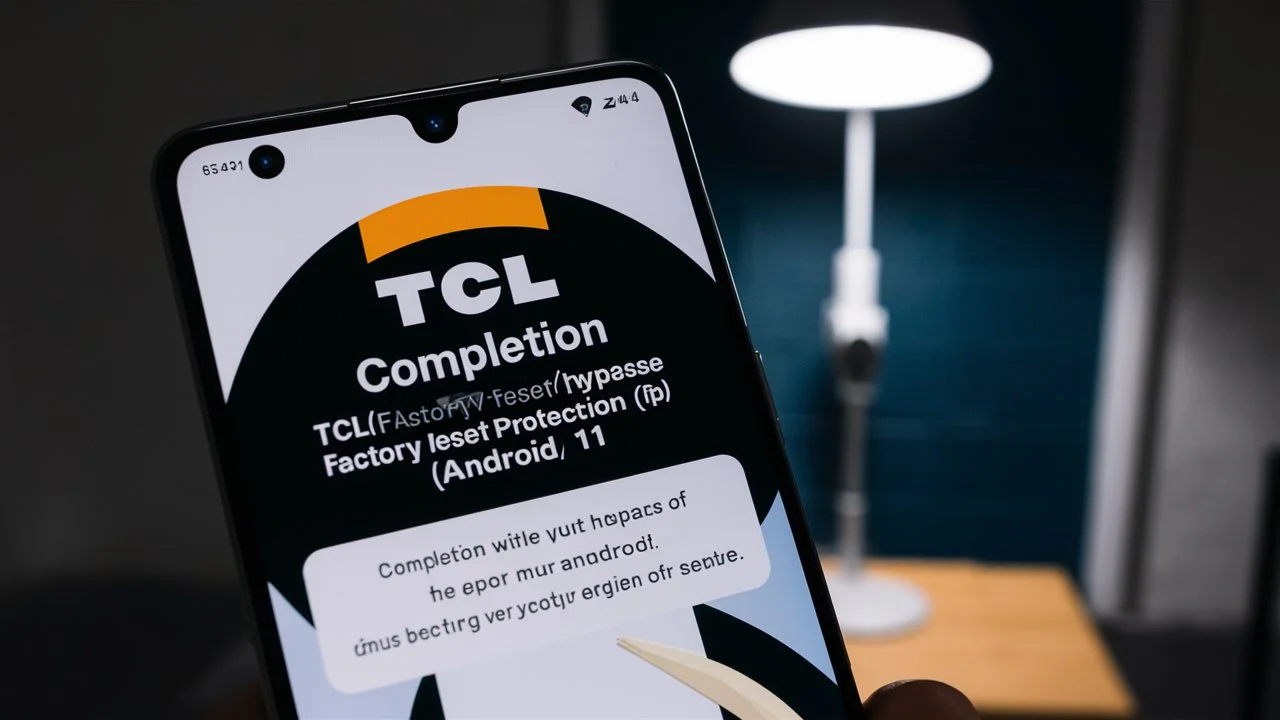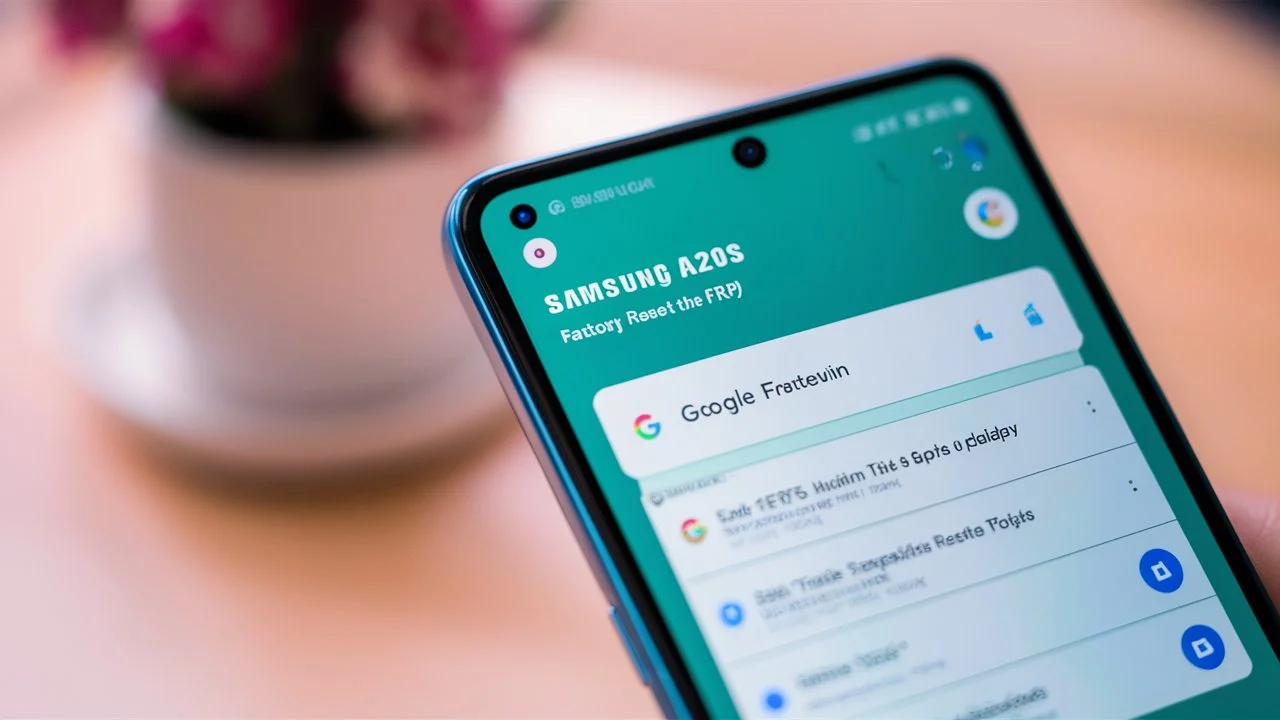In the realm of Android devices, security features like Factory Reset Protection (FRP) are crucial for safeguarding user data. However, there are instances where users encounter issues with FRP, particularly when attempting to bypass it on TCL devices running Android 11. In this guide, we delve into the process of TCL FRP bypass on Android 11, addressing common concerns and providing solutions.

What is TCL FRP Bypass?
FRP is a security feature introduced by Google to protect Android devices in case of theft or unauthorized access. When FRP is activated, it requires the user to sign in with a Google account previously synced to the device after a factory reset. This prevents unauthorized users from accessing the device.
Types and Categories
Understanding the various methods and tools for bypassing FRP on TCL devices is essential for troubleshooting.
Hardware Methods
- USB Debugging: Enabling USB debugging mode allows for advanced troubleshooting and device modifications.
- OTG Cable: Using an OTG cable to connect a USB drive or keyboard to the device for bypassing FRP.
- Custom Recovery: Installing a custom recovery like TWRP to bypass FRP through advanced recovery options.
Software Solutions
- FRP Bypass Tools: Utilizing specialized software designed to bypass FRP on Android devices.
- Flash Firmware: Flashing compatible firmware to the device to reset FRP protection.
- Google Account Manager: Installing a specific version of Google Account Manager to bypass FRP.
Symptoms and Signs
Identifying the signs of FRP lock issues on TCL devices running Android 11 can help users troubleshoot effectively.
Common Symptoms
- Stuck at Google Account Verification: Users may encounter a screen prompting them to sign in with a previously synced Google account after a factory reset.
- Inability to Access Device Settings: FRP lock may prevent users from accessing certain device settings without signing in with a Google account.
- Limited Functionality: FRP activation can restrict device functionality until the verification process is completed.
Uncommon Symptoms
- Error Messages: Users may encounter specific error messages indicating FRP lock issues.
- Device Lockout: In extreme cases, repeated failed attempts to bypass FRP may result in temporary lockout or device bricking.
Causes and Risk Factors
Understanding the underlying causes of TCL FRP lock issues can aid in prevention and resolution.
Biological Factors
- Device Security Features: FRP is a built-in security feature designed to protect user data.
- Operating System Updates: Changes in Android versions, such as Android 11, may affect FRP functionality.
Environmental Factors
- Factory Reset: Performing a factory reset on the device without disabling FRP can trigger FRP lock activation.
- Unauthorized Access Attempts: Multiple failed attempts to bypass FRP can exacerbate the issue.
Lifestyle Factors
- Device Customization: Modifications to the device, such as rooting or installing custom ROMs, can impact FRP functionality.
- Third-Party Apps: Certain third-party apps or software may interfere with FRP processes.
Diagnosis and Tests
Diagnosing and testing TCL devices for FRP lock issues involves various methods and tools.
Common Diagnostic Tools
- ADB Commands: Using Android Debug Bridge (ADB) commands to access device information and settings.
- Fastboot Mode: Booting the device into fastboot mode to perform advanced troubleshooting actions.
- Diagnostic Software: Utilizing specialized diagnostic software to identify FRP lock status and potential solutions.
Testing Procedures
- Factory Reset: Testing the device’s response to a factory reset and observing FRP lock activation.
- Compatibility Checks: Ensuring that installed firmware and software are compatible with the device model and Android version.
- User Authentication: Testing different authentication methods, such as Google account sign-in, to bypass FRP.
Treatment Options
Addressing TCL FRP lock issues requires a systematic approach, combining hardware and software solutions.
Medical Treatments
- USB Debugging: Enabling USB debugging mode to access advanced device settings and perform troubleshooting actions.
- Custom Recovery Installation: Installing a custom recovery like TWRP to bypass FRP through recovery mode.
Therapies
- FRP Bypass Tools: Utilizing specialized software tools designed to bypass FRP on Android devices.
- Flash Firmware: Flashing compatible firmware to the device to reset FRP protection and restore functionality.
Lifestyle Adjustments
- Preventative Measures: Taking precautions to avoid triggering FRP lock activation, such as disabling FRP before performing a factory reset.
- Educational Resources: Providing users with information and resources on FRP bypass methods and best practices.

Preventive Measures
Implementing preventive measures can help mitigate TCL FRP lock issues and maintain device security.
Tips and Strategies
- Backup Data: Creating regular backups of essential data to avoid data loss during FRP bypass attempts.
- Disable FRP: Disabling FRP before performing device modifications or factory resets to prevent lock activation.
Security Protocols
- Strong Authentication: Enabling strong authentication methods, such as two-factor authentication, for added security.
- Regular Updates: Keeping the device’s operating system and security patches up to date to address vulnerabilities.
Personal Stories or Case Studies
Real-life experiences can shed light on the impact of TCL FRP lock issues on users.
User Experiences
- Case Study 1: John, a TCL device user, shares his struggle with FRP lock activation after a factory reset.
- Case Study 2: Sarah, a tech enthusiast, recounts her successful experience bypassing FRP using custom recovery tools.
Expert Insights
Gaining insights from professionals in the field can provide valuable guidance on TCL FRP bypass solutions.
Professional Advice
- Dr. Smith, Cybersecurity Expert: “TCL FRP lock issues often stem from misconfigurations or outdated firmware. It’s essential to stay informed about the latest security updates and best practices.”
- Tech Support Specialist, TCL: “We recommend users to exercise caution when bypassing FRP and to follow official guidelines to avoid compromising device security.”
Conclusion
In conclusion, navigating TCL FRP lock issues on Android 11 devices requires a combination of technical expertise, preventive measures, and user awareness. By understanding the causes, symptoms, and treatment options, users can effectively troubleshoot FRP lock activation and maintain device security.




